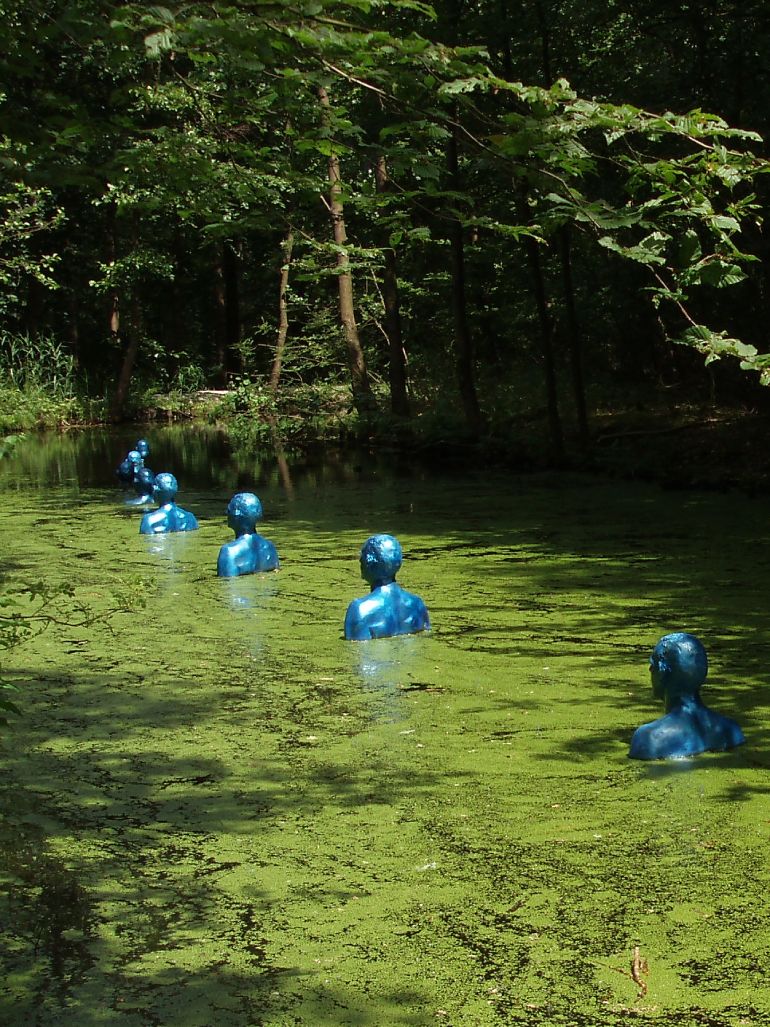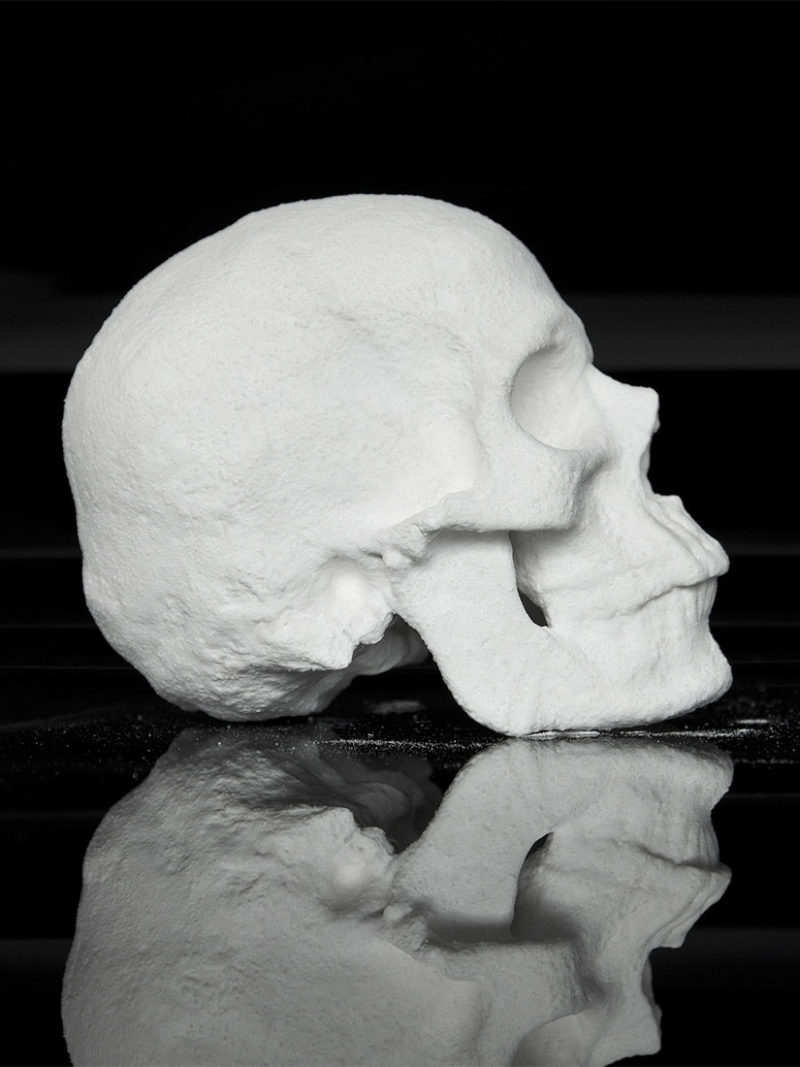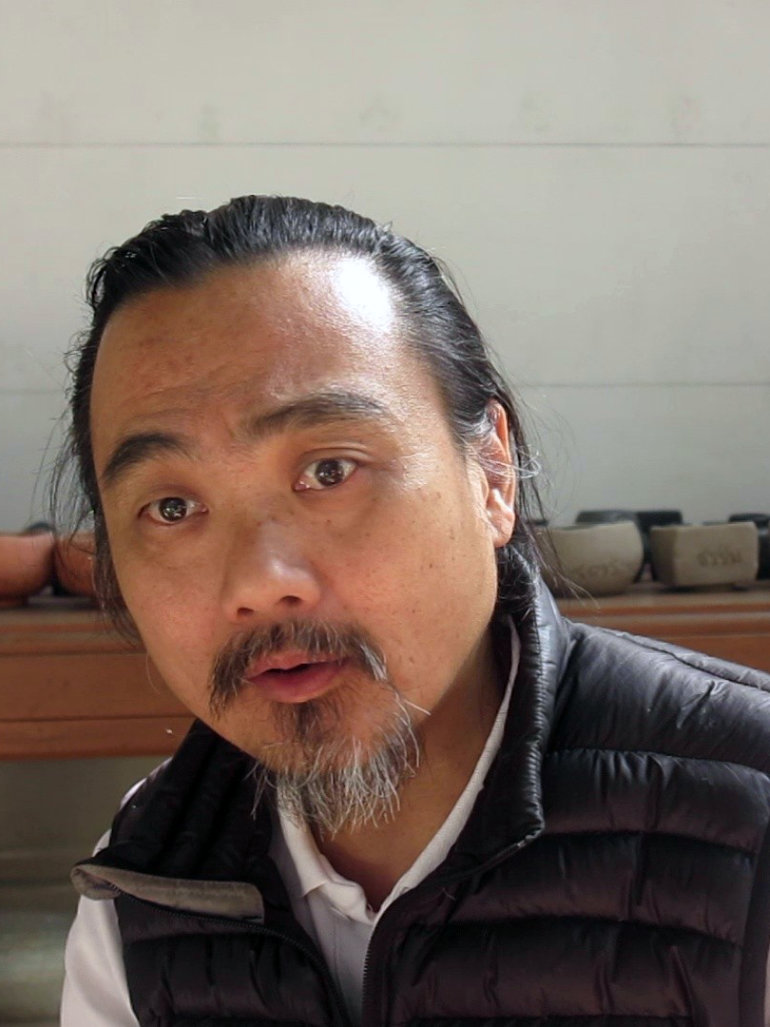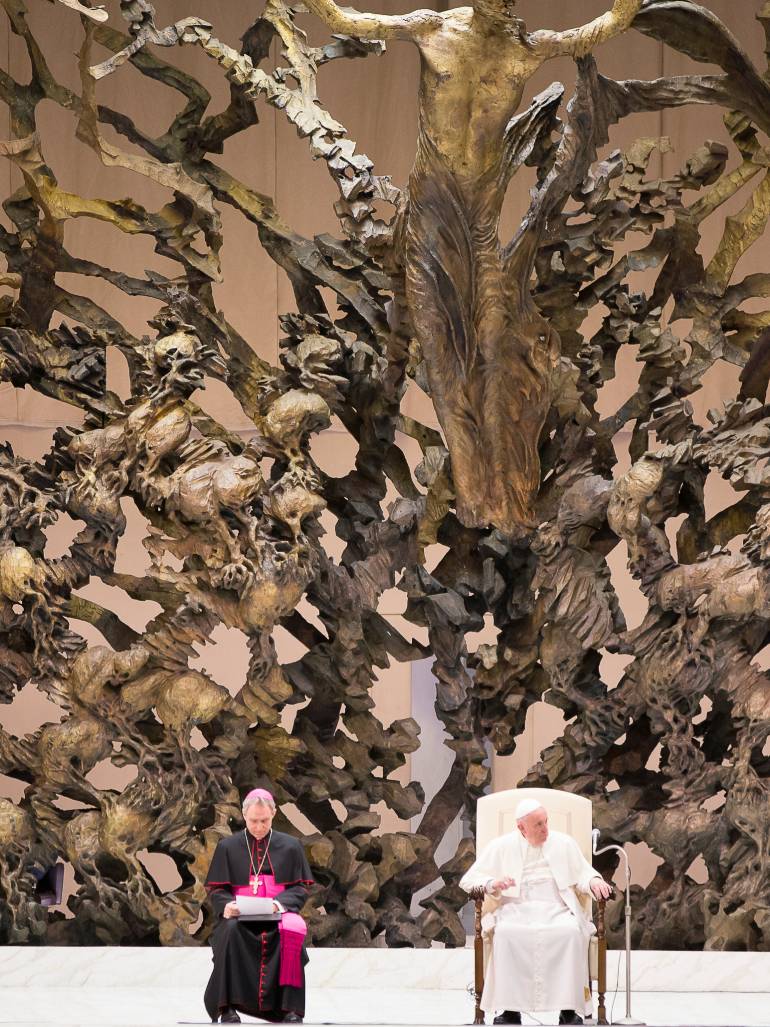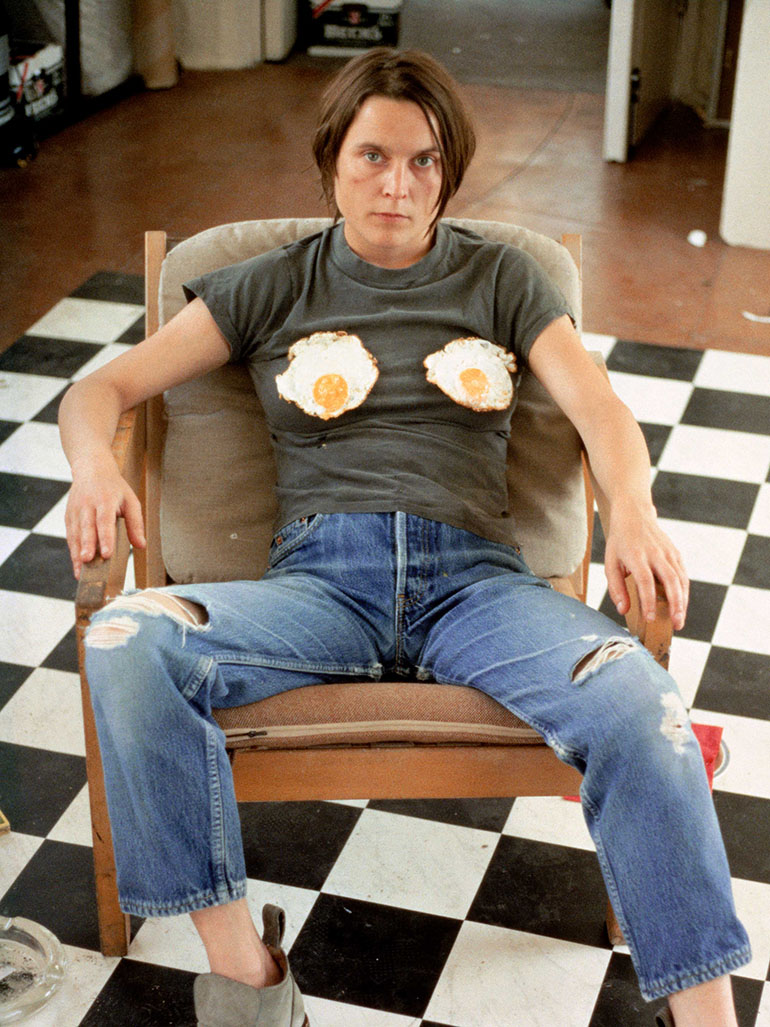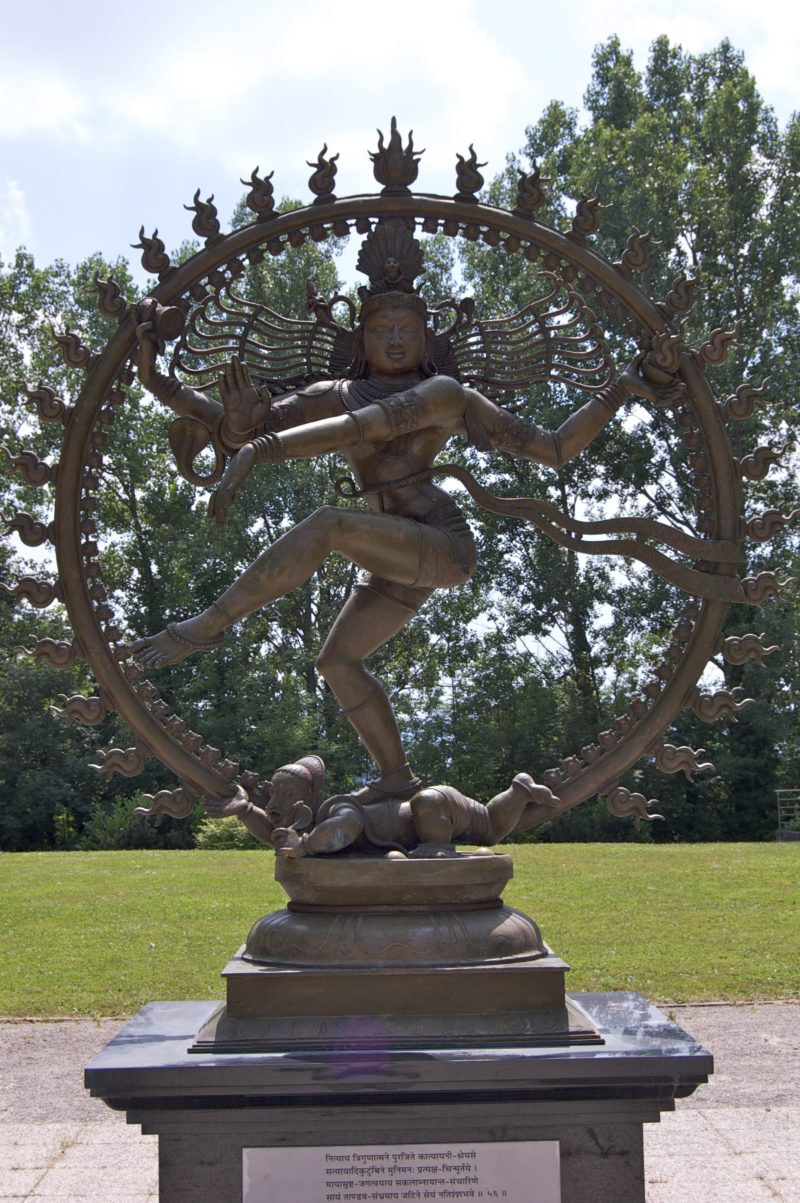
Introduction
If you have been keeping up with the happenings of the CERN, the world’s most advanced scientific research facility, you might have noticed the statue of Shiva the Destroyer.
Shiva, the cosmic dancer, symbolizes the natural flow of divine energy. He takes part in Rudra Tandava – a dance representing destruction and rebirth- to reshape time and space with his wild thunderstorms. This destructive force can also be seen as constructive by generating new life from death, represented by Shiva’s skull crown, signifying conquest over death.
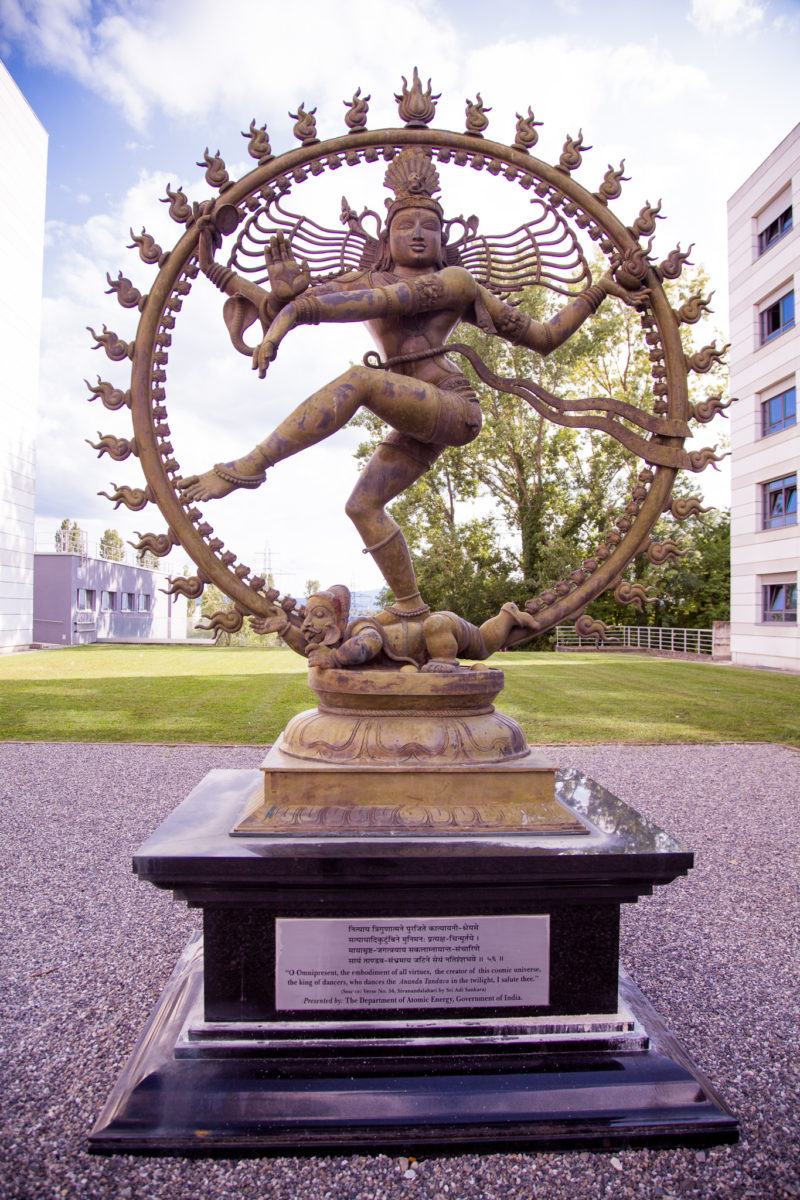
The eternal cycles of creation/preservation/destruction are depicted through Shiva’s drumming on Ganga, who sits atop his matted hair that signifies egotism brought under control (a snake curling around each arm). His third eye represents omniscience: insight into all possible ways things could occur or events unfolding at any given moment to help us make decisions based on knowledge rather than emotional responses.
Shiva’s ‘Lasya’ dance, which is gentle and associated with creating the world after its destruction, takes place in both one’s heart (or sky of the mind) and Chidambaram. Shiva also practices his Tandavam, or fierce dance, at this location.
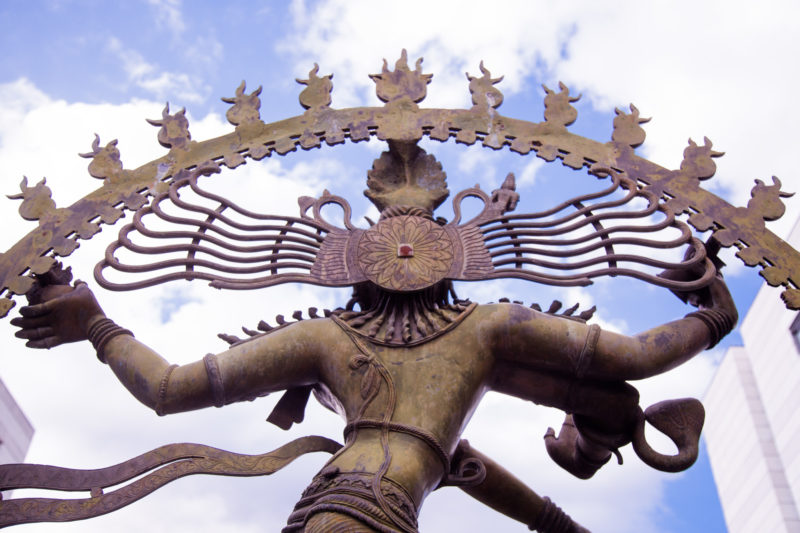
His hair is matted, thick like an Amazon rainforest, and spread all over. They stir ceaseless cyclones, tsunamis! Cascading cataracts of the Ganges caused this holocaust – an apocalypse unprecedented in the Milky Way! The blazing inferno was created from his third eye, which raged like wildfire- it blazed across his forehead and engulfed everything in a halo of fire.
The ‘Lasya’ or gentle form of dance known as ‘Aananda Tandavam’ is associated with creation after its destruction. Shiva’s two cosmic dances occur at one’s ‘Chidambaram’ or sky mind, represented by an altar residing consciousness situated within the heart.

Shiva is a symbol of “Brahman,” a universal consciousness. The cosmic snake named “Kundalini,” covered by the Lord of Dance, is mythically present in all living things. The awakening of “Kundalini” is a metaphor for awakening the seven energy centers or “chakras” on the spine. The sacred text Bhagavad Gita interprets three basics: Guna Satvich, Tamachic, and Rajasic. These combine to create life forms in the universe.
The essence of God can be divided into nine. However, human intellect recognizes only eight things: earth, water, fire, air, ether, spirit, intelligence, and pride. The ninth part of God’s essence is forever enveloped in the mystery of creation.
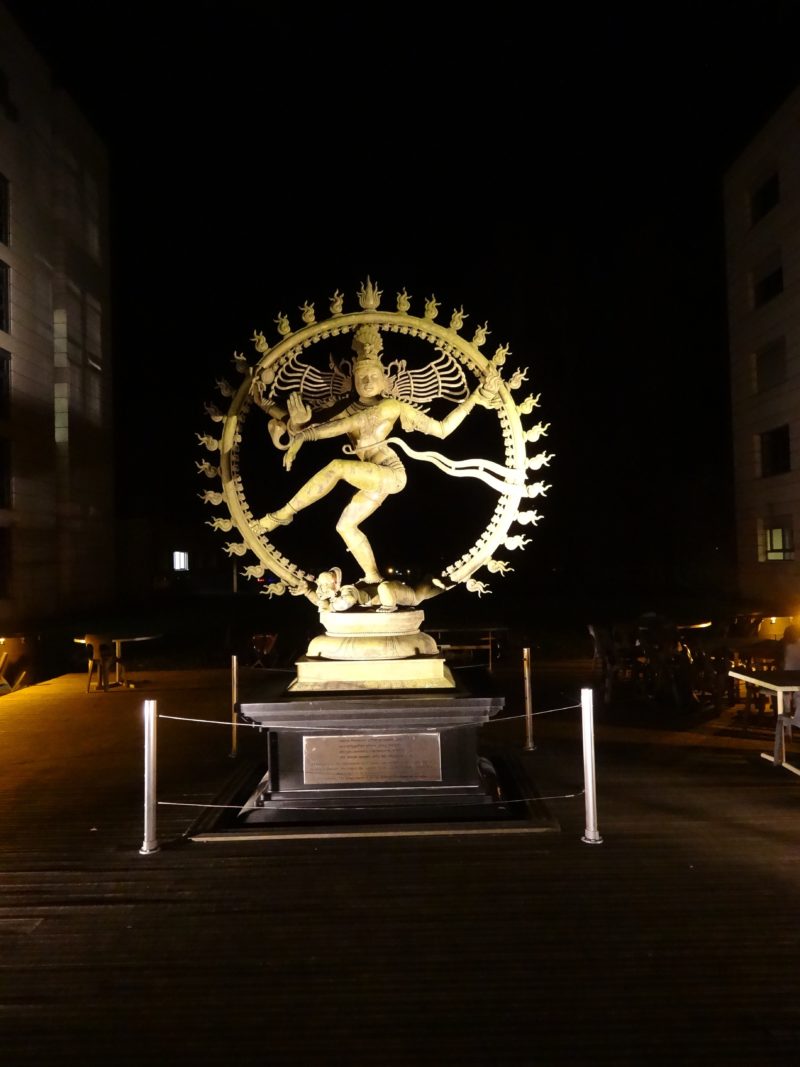
In his book The Tao of Physics, Fritjof Capra pays homage to the Hindu’s view of the matter and establishes a connection with modern physics through 1972 empirical research. He observed the relationship between ancient Vedic mythology, religious symbolism and art, and modern physics—the pulsating process of creation and destruction, which is immensely painful and unforgettable.
For modern physicists, Shiva’s dance is the dance of elementary particles. The European Center for Particle Physics in Geneva, CERN, has published a 2-meter high statue. It is depicted in 2004 Nataraja, Shiva shape, dance pose. The dancing Indian God, representing the cosmic cycle of creation and destruction, also portrays the dynamics of subatomic particles that are the basis of the universe’s formation, being explored by physicists worldwide.
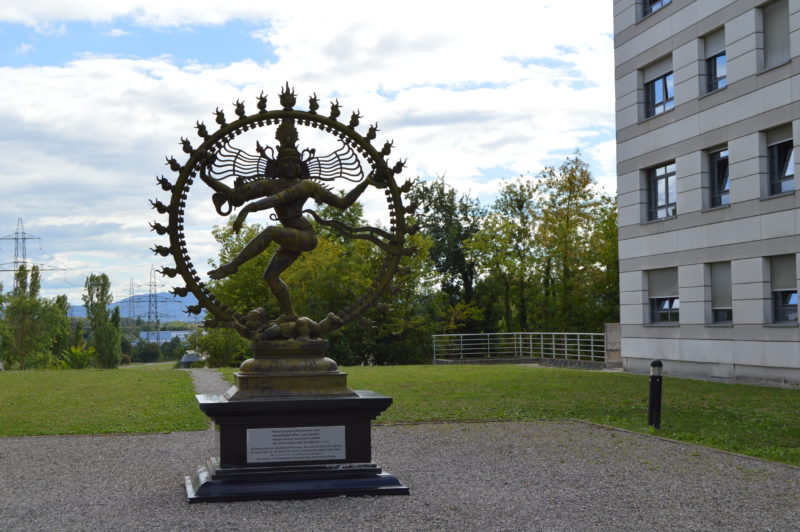
The artists & concept & inspiration behind the Statue of Shiva Nataraja at CERN
This fantastic gilded statue of Nataraja stands proudly on the grounds of CERN, the European Organization for Nuclear Research. It seems like something you’d count on to discover in a temple or artwork museum and not at a famed scientific studies center.
Unveiled in 2004, the statue is considered part of an artful and symbolic gift from India1. It honors CERN’s longstanding status by courting and collaborating with the country’s finest and brightest, which started in the 1960s and continues to this date.
The artwork is a creative metaphor for CERN’s mission and research regarding the “cosmic dance” of subatomic particles. In Hinduism, Nataraja is an outline of the God Shiva since it is the cosmic dancer. The God, who danced the universe into existence, preserves it, and could in the future ruin it, is an image of shakti, or existence force.
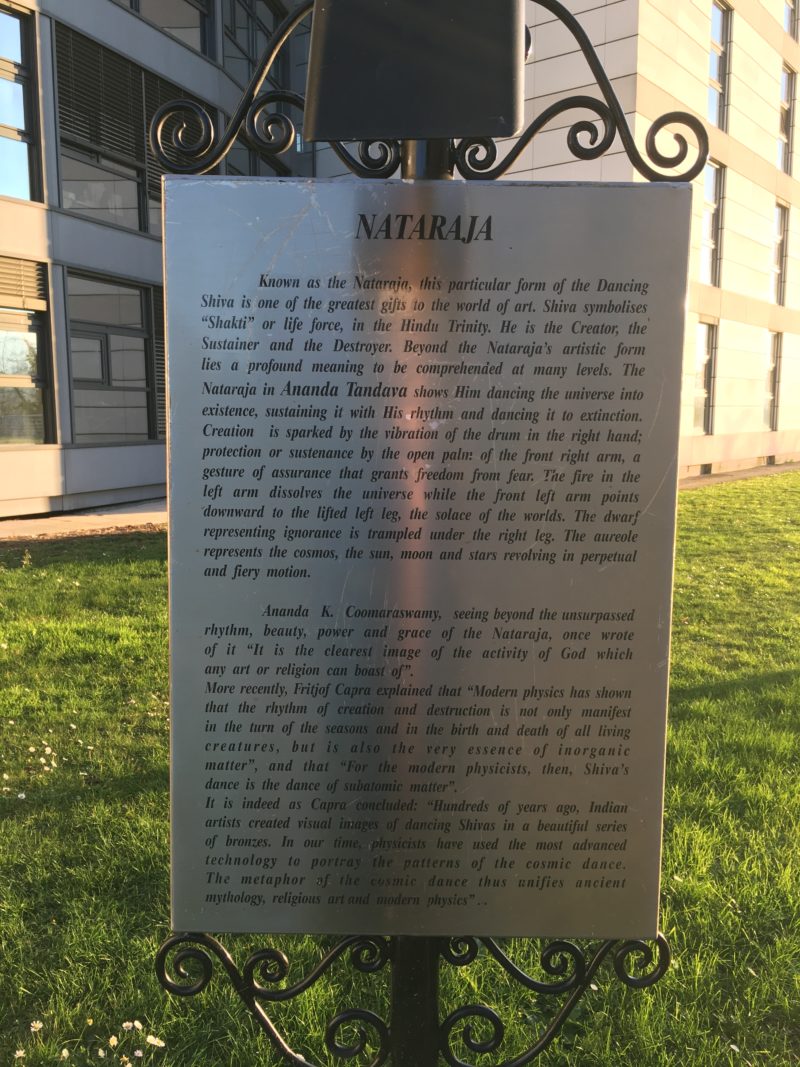
Nataraja’s dance of advent and destruction has been a relative metaphor for present-day physics in view that physicist Fritjof Capra used it to explain the field’s courting with the cosmos withinside the 1970s. A plaque beneath the statue bears a quote from Capra explaining the metaphor. It says the following:
Modern physics has shown that the rhythm of creation and destruction is not only manifest in the turn of the seasons and in the birth and death of all living creatures, but is also the very essence of inorganic matter (…) For the modern physicists, then, Shiva’s dance is the dance of subatomic matter? (…) Hundreds of years ago, Indian artists created visual images of dancing Shivas in a beautiful series of bronzes. In our time, physicists have used the most advanced technology to portray the patterns of the cosmic dance. The metaphor of the cosmic dance thus unifies ancient mythology, religious art and modern physics.
The statue at CERN changed into made in India. Liquid metallic changed into poured right into a soil mold constructed around a melted wax model. Once the metallic cooled and hardened, it changed into polished and gave a greater vintage look earlier than being shipped to Switzerland.
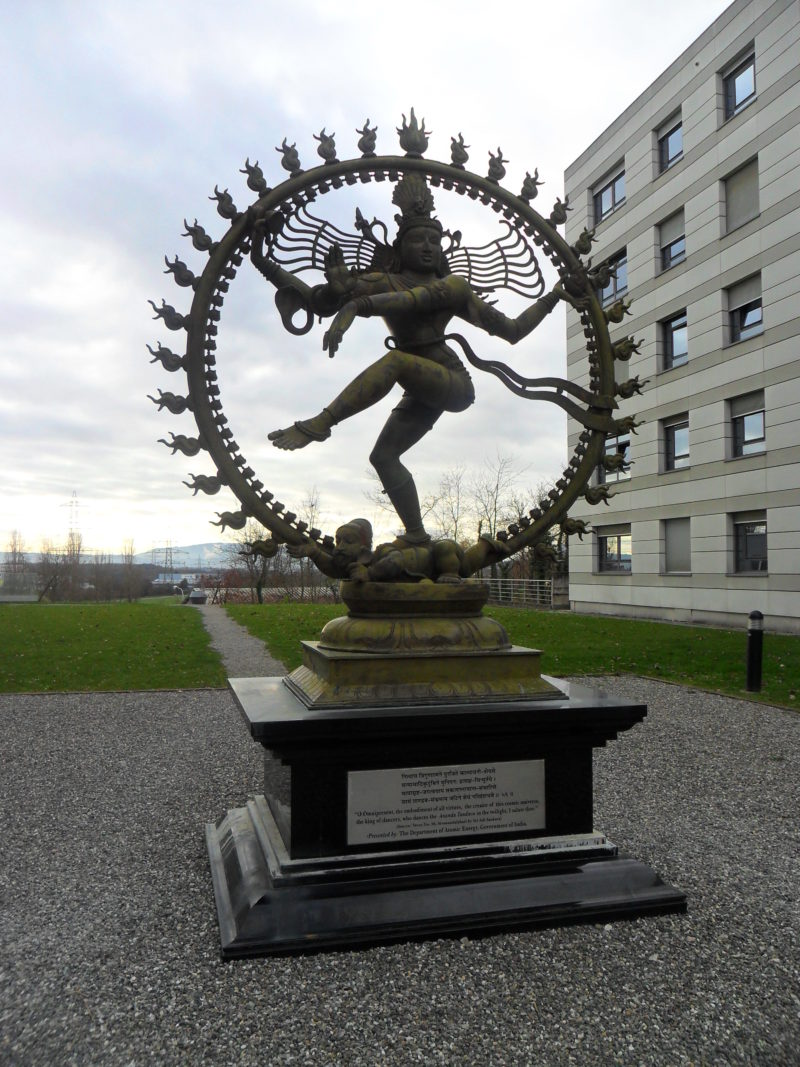
The Indian government recognized the profound significance of the metaphor of Shiva’s dance for the cosmic dance of subatomic particles, which is observed and analyzed by CERN’s physicists in selecting the image of Shiva Nataraja.
Centuries ago, Indian artists made beautiful bronze sculptures of dancing Shivas.” In our time, physicists have been using cutting-edge technology to depict the correlations of the cosmic dance. According to the plaque, the analogy of the cosmic dance thus unites ancient mythology, religious art, and contemporary physics.
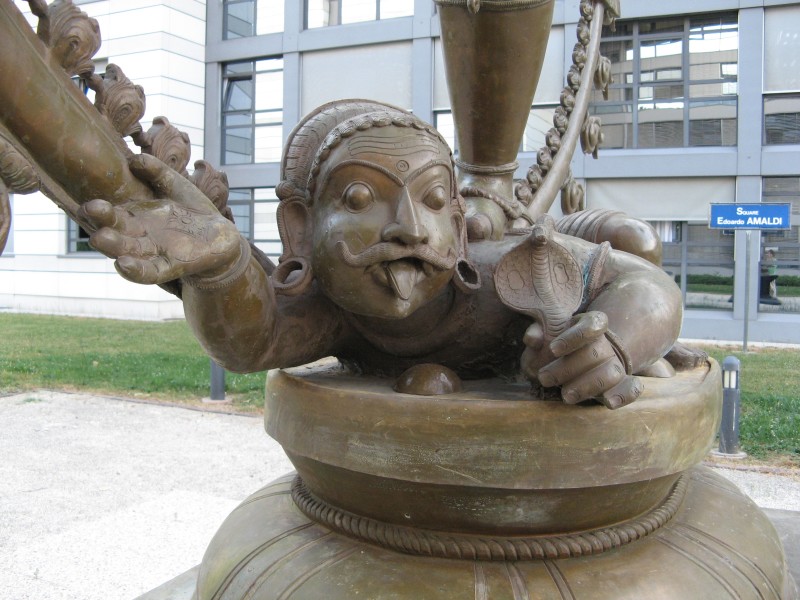
Surprisingly, notwithstanding being a religious and spiritual symbol, the statue was formed by an atheist artist from Tamil Nadu. According to a recent press release by the British Broadcasting Corporation (BBC), Rajan, also known as ‘Sirpi’ (craftsman) in Tamil social networking circles, actively supports Periyar’s principles.
In Tamil Nadu, he actively critiques superstition, the caste system, religious beliefs, and astrology. He told the BBC that he was chartered to build the statue by the Indian Ministry of External Affairs through the Central Cottage Industries Emporium in 1998. Rajan asserted that he had a professional relationship with the Central Cottage Industries Emporium.
From the 1980s onwards, the artist used to journey to Delhi and the Northern states for career purposes, and he kept in touch with the Central Cottage Industries Emporium. They gave him the job of developing this statue. The statue’s creator explained that t There was no fundamental difference between his theory and his profession. According to the report, Rajan has decided to hire Dalit artisans to work on the sculptures.
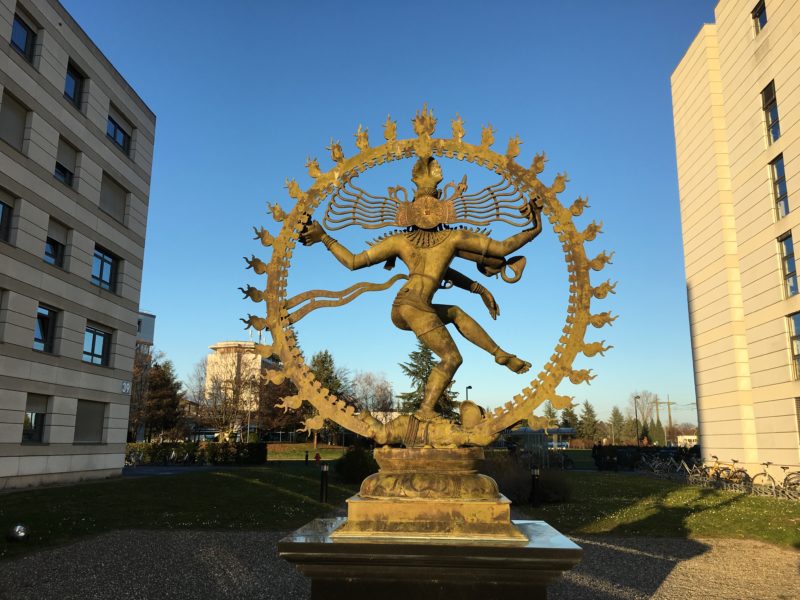
Controversies & reactions
Surprisingly, this prestigious institute has a 2-meter-tall Natraja statue on its premises. Several stories about the statue have emerged on social media, while netizens have been trying to figure out how it got to Europe, igniting controversial discussions.
According to some, the Natraja statue explains the structure of the atom, so scientists decided to place it on the CERN campus. Another argument is that the statue’s posture, known as ‘Anand Tandavam,’ is similar to the motion of subatomic particles. While these reasons are untrue, the CERN website acknowledges2 the statue’s presence and explains how it got there.
The Government of India provided the statue to mark the anniversary of the country’s long association with CERN, which started in the 1960s and keeps going even now. India is categorized as an Associate Member State.
India is a CERN associate member state. CERN is a multidisciplinary organization that welcomes researchers from over 100 countries and 680 institutions. According to the CERN website, the Shiva statue is just “one of the many monuments and art pieces at CERN3“.
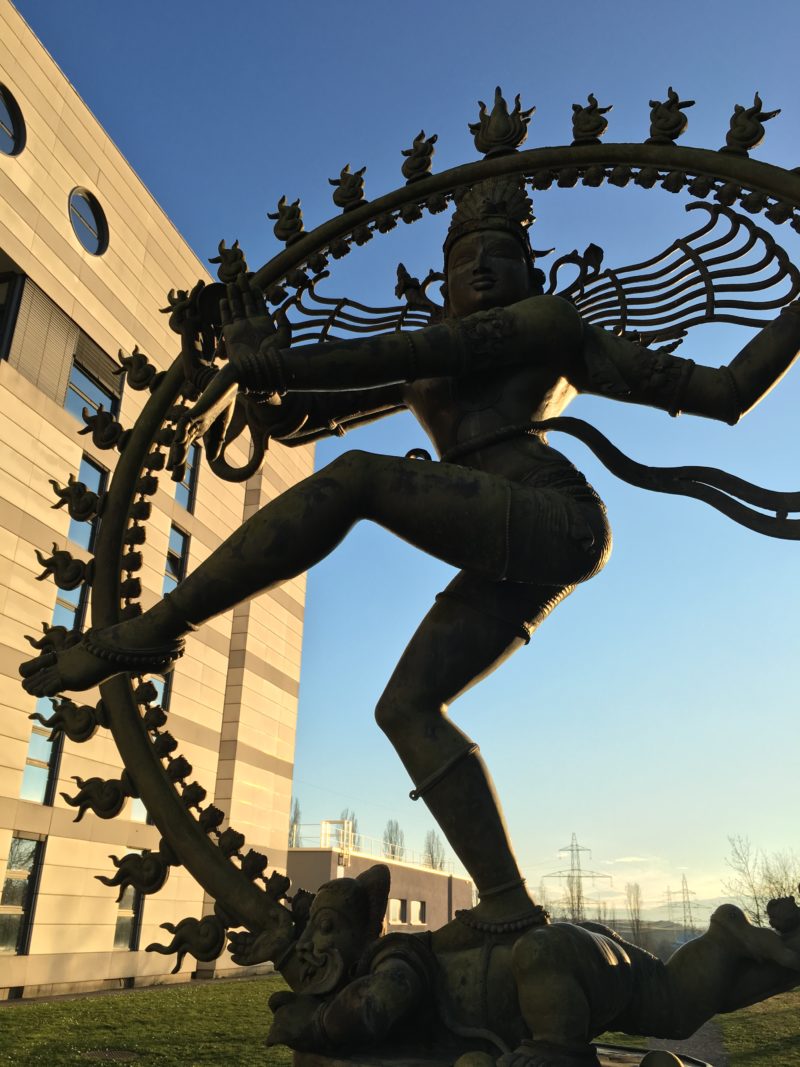
The CERN hoax
In 2016, the statue became a filming region for a viral video and a fictional cult that started rumors around the CERN. It changed with the aid of using a collection of CERN personnel as a joke; however, the video went viral because of the various conspiracy theories surrounding the particle accelerator4.
The video was filmed from the second or third floor of building 40, which contains 300 offices for physicists working on the Laboratory’s two largest experiments, ATLAS and CMS, by an observer and apparently shows an occult ritual performed on a woman in which she gets stabbed.
A CERN the spokesperson said in an email to AFP5:
These scenes were filmed on our premises but without official permission or knowledge. Cern does not condone this type of spoof, which can give rise to misunderstandings about the scientific nature of our work.
Adding to the mystery is the fact that the people involved in the act had access badges, since Cern IDs are checked systematically at each entry to the Cern site whether it is night or day, which means that they were either CERN employees or visiting scientists. The email further explained:
Cern welcomes every year thousands of scientific users from all over the world and sometimes some of them let their humour go too far. This is what happened on this occasion.
CERN officers denounced the prank, which caused an internal investigation by the European Organisation for Nuclear Research. The statue and the laboratory near it are now under 24/7 surveillance because of that incident.
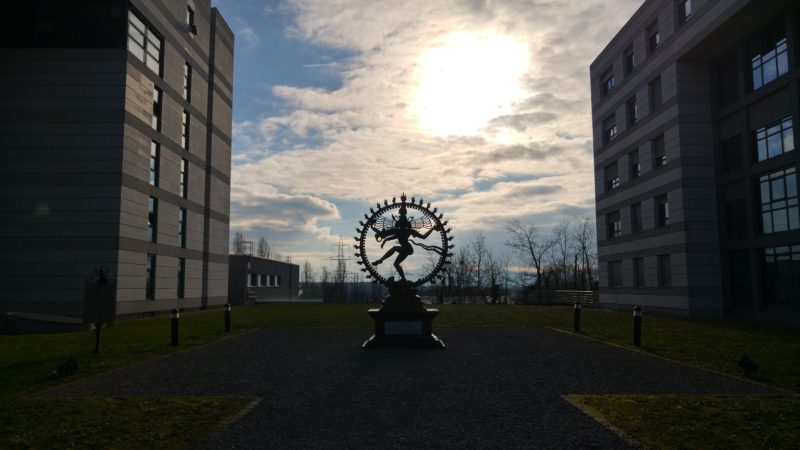
What does the statue of Shiva at CERN mean?
Nataraja is a statue at CERN (Shiva in his brahmandanrityam stance) Brahmandam means the Universe, and nrityam means the Dance. It is commonly referred to as the cosmic dance.
The statue represents both continuous creation and continuous destruction, as well as positive and negative charges. The Nataraja statue is differentiated by its capacity to attain equilibrium. So because the sculpture must be precisely carved knowing the center of gravity and made to stand on the lord’s toe, you can imagine the amount of weight granite stones have. Balancing the toe’s weight can be achieved only when the lord’s head tip to the toe forms a straight line spiral string, just like our own DNA.
Location
- The artwork is on permanent display
- Located on the square between buildings 39 and 40, 220 meters from the Main Auditorium
- For Google Maps: 63H3+VM Meyrin, Switzerland
Conclusion
So, if you are wondering, “why does CERN have a statue of Shiva?” wonder no more. The Shiva statue was indeed a gift from India to memorialize the country’s longstanding relationship with CERN, which emerged in the 1960s and persists to this day. Lord Shiva conducted the Nataraj dance, which symbolizes Shakti, or life force, in the Hindu religion.
The Indian government decided to choose this supernatural entity as a metaphor for the cosmic dance of the Nataraj and the modern research of the ‘cosmic dance’ of subatomic particles. India is a member of CERN’s associate membership. CERN is a multidisciplinary institution that welcomes scientists from over 100 nations and 680 organizations. The Shiva statue is one of many statues and works of art at CERN.
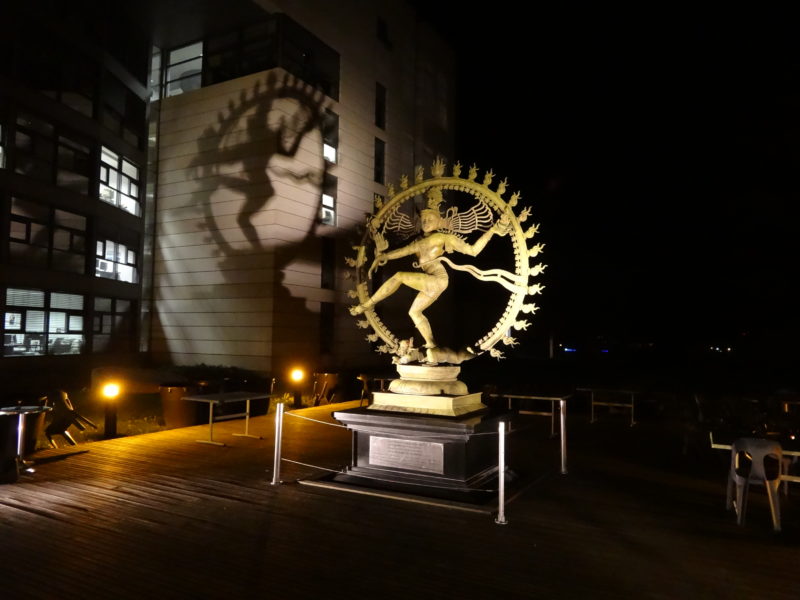
Explore nearby (CERN, Meyrin, Switzerland)
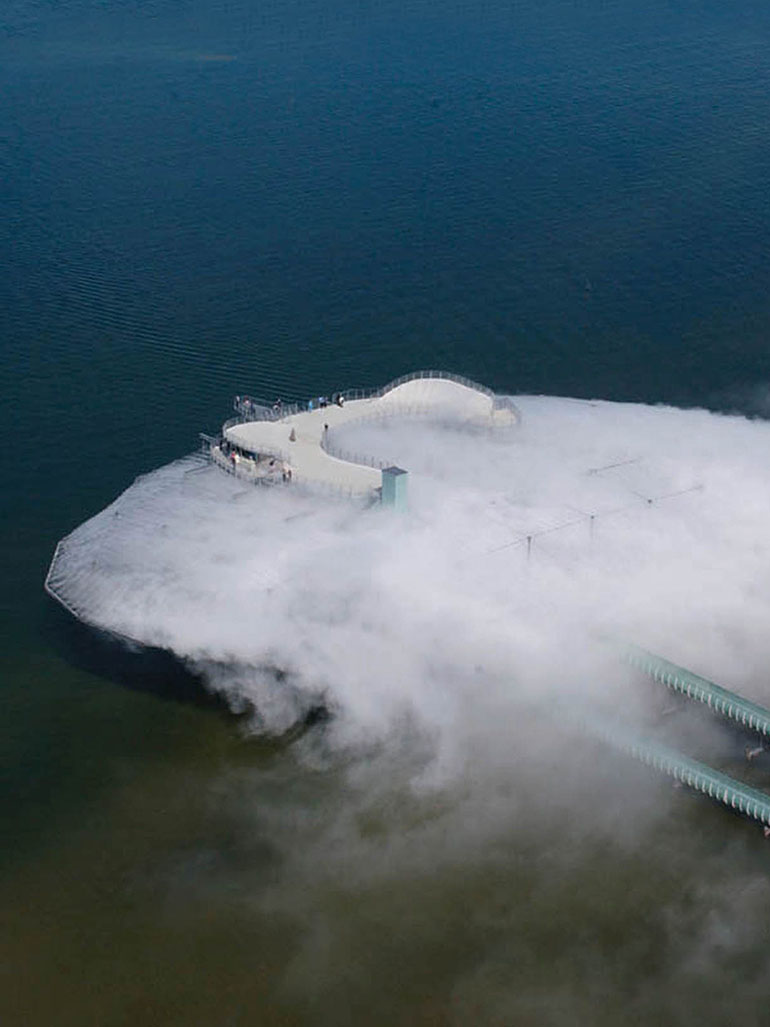 Diller Scofidio’s Blur BuildingYverdon-Les-Bains, SwitzerlandInstallation ended (dismantled in 2002)77 km away
Diller Scofidio’s Blur BuildingYverdon-Les-Bains, SwitzerlandInstallation ended (dismantled in 2002)77 km away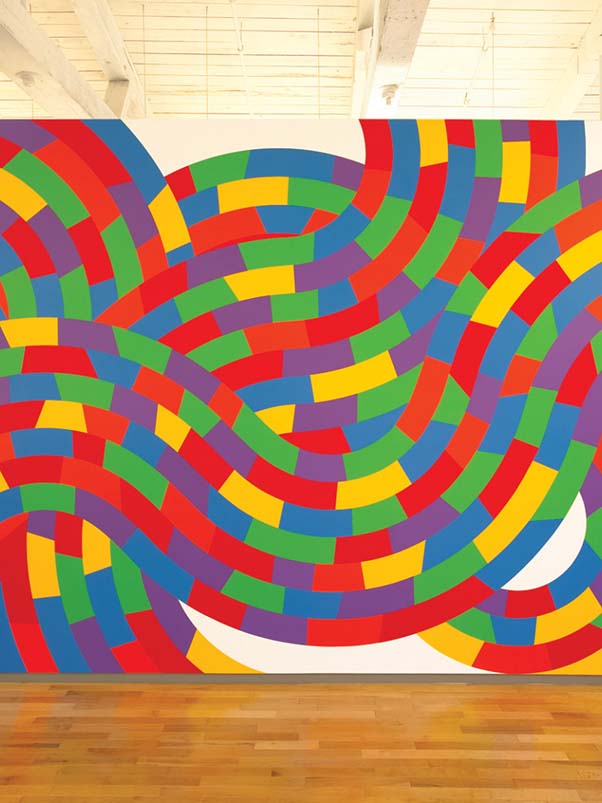 Sol LeWitt's wall drawingsKunstmuseum Basel, Switzerland188 km away
Sol LeWitt's wall drawingsKunstmuseum Basel, Switzerland188 km away Carsten Höller's slidesVitra-Design-Museum, Weil am Rhein, Germany193 km away
Carsten Höller's slidesVitra-Design-Museum, Weil am Rhein, Germany193 km away Olafur Eliasson turned rivers greenFondation Beyeler, Riehen, SwitzerlandInstallation ended (in 2021)194 km away
Olafur Eliasson turned rivers greenFondation Beyeler, Riehen, SwitzerlandInstallation ended (in 2021)194 km away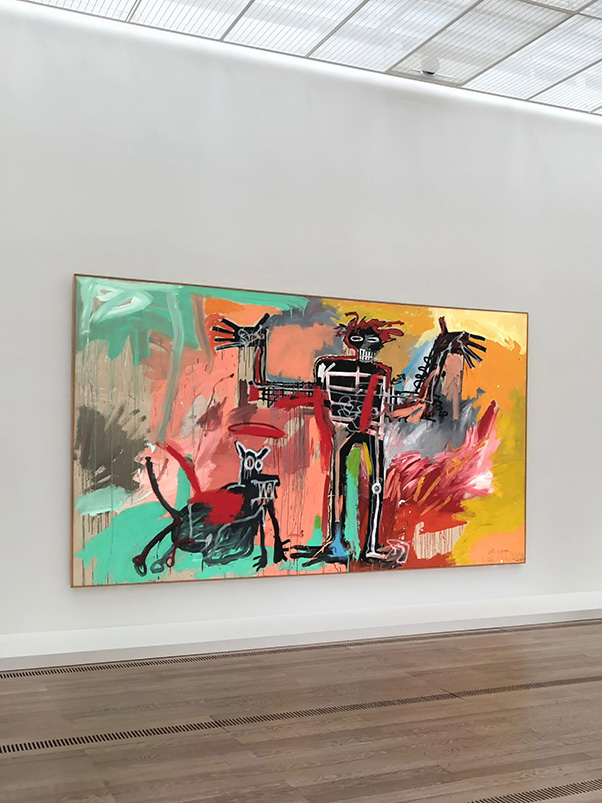 Banksy's Basquiat tribute muralsFondation Beyeler, Riehen, SwitzerlandExhibition ended (dismantled in 2023)194 km away
Banksy's Basquiat tribute muralsFondation Beyeler, Riehen, SwitzerlandExhibition ended (dismantled in 2023)194 km away
